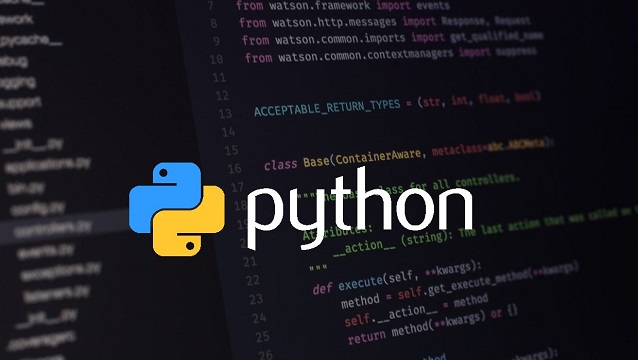This article explores the Laravel PHP framework’s collections functionality in detail. The first part is an introduction that explains why collections are useful and how they ease data management. Making collections in Laravel, filtering, converting, and sorting data, and chaining methods for easier operations are just a few of the topics covered.
Table of Contents
Also covered are real-world uses of Laravel collections, such as working with array data, integrating with Eloquent results, and using collections in views. Tips for working efficiently and handling errors when dealing with collections are offered in the article, which focuses on best practices.
Finally, the article stresses how useful Laravel collections are for improving PHP developers’ code readability, productivity, and efficiency. In addition, there is a link for further access and a frequently asked questions section that answers typical questions regarding collections.
Introduction to Laravel Collection
A sophisticated feature named Collections is included in the popular PHP framework Laravel. These collections improve developers’ work with data arrays and are an integral aspect of Laravel’s expressive and fluid vocabulary. They give a plethora of tools that make data manipulation easier and faster.
Understanding Collections in Laravel
What are Collections?
An object-oriented method of manipulating arrays is called a collection in Laravel. It’s a collection of techniques that make it easier to work with data arrays in a natural and expressive way, making it easier to access and manipulate data.
Why Use Collections in Laravel?
There are a lot of benefits to using collections in Laravel instead of regular arrays in PHP. They make it easier for developers to chain methods, simplify complicated tasks, and handle data more effectively, which results in code that is clearer and easier to comprehend.
Creating Collections in Laravel
Laravel has a variety of methods for building collections. Depending on their requirements, developers may simply start collections using pre-existing arrays, database query results, or with the aid of helper functions.
Manipulating Data with Laravel Collections
Collections provide developers a lot of power when it comes to data manipulation:
Filtering Data
Data retrieval becomes more accurate and effective when developers use methods like filter to readily retrieve particular pieces from a collection according to specified criteria.
Transforming Data
Data transformation inside collections is made possible by methods like map and transform, which enable for pieces to be modified or restructured without affecting the original dataset.
Sorting Data
You may sort data elements in collections using methods like sortBy and sortDesc, which let you to specify which characteristics or criteria should be used to sort the components.
Chaining Methods in Laravel Collections
Chaining methods is a very appealing feature of Laravel collections. This enables developers to execute several tasks in a logical and understandable order.
Common Use Cases of Laravel Collections
Working with Eloquent Results
You can easily manage and alter database query results using Collections because of how they connect with Laravel’s Eloquent ORM.
Handling Array Data
Collections offer a uniform and consistent way to handle array data, whether you’re working with raw arrays or API answers.
Collection Operations in Views
With Laravel’s Blade templating engine, developers can accomplish complicated tasks directly in views, freeing up the view logic from clutter.
Best Practices for Working with Laravel Collections
Efficiency Tips
It is possible to greatly improve performance by optimizing collecting activities through the selection of suitable methods and the reduction of unnecessary procedures.
Error Handling
For collection processes to go well, it is important to be aware of possible mistakes and to have appropriate error management procedures in place.
Conclusion
Lastly, Laravel collections are a great help to developers since they provide a clean, efficient, and succinct method to handle data in PHP apps. The use of collections allows developers to simplify their code and work more efficiently.
FAQs
How are arrays and collections in Laravel similar?
To facilitate fluid manipulation and operations, Laravel collections supply more capabilities and methods beyond simple arrays.
Can I change a collection back into an array?
The toArray() function and others in Laravel collections allow you to easily transform collections into regular PHP arrays.
Can collections be nestled inside other collections?
Yes, hierarchical data structures are possible with Laravel collections because they enable nesting.
Is Eloquent ORM the only ORM that Laravel supports using collections with?
Collections work well with Eloquent, but you can also use them on their own to manage data structures that are similar to arrays.
Can big datasets be handled by Laravel collections?
In fact, when used properly, Laravel collections are performance-optimized and capable of handling massive datasets with ease.






